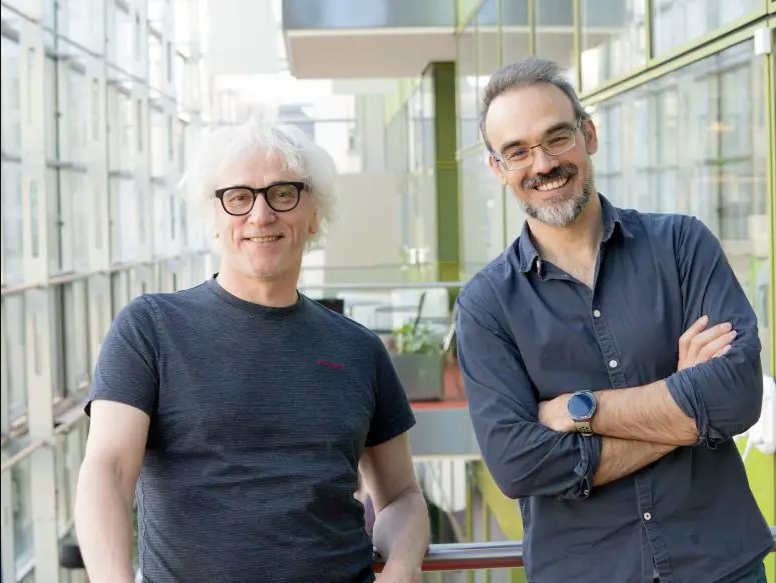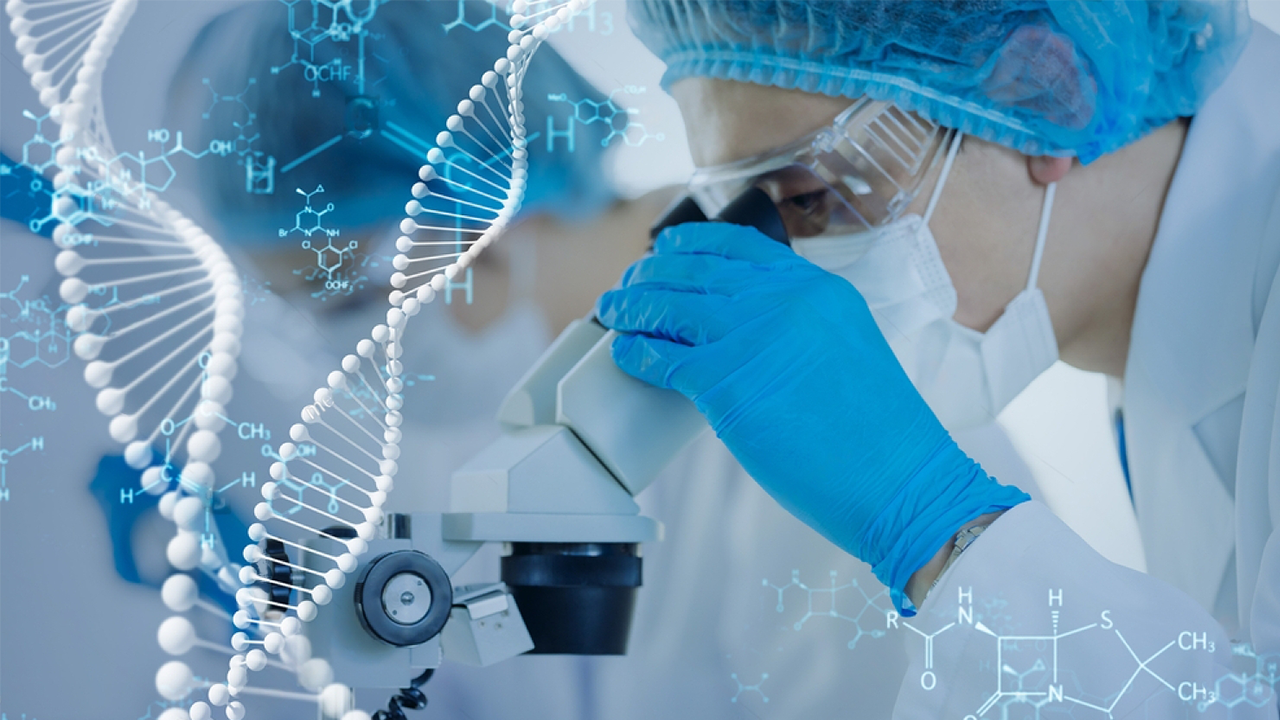The most widespread reason for frailty in hereditary diseases and aging is muscle degeneration, which could stem from a lack of a crucial enzyme in the lipid biosynthesis pathway. A team of researchers at the Austrian Academy of Sciences’ Institute of Molecular Biotechnology (IMBA) has studied how the enzyme PCYT2 influences muscle health in disease and aging using laboratory mouse models.
The results of their study were recently published in the journal Nature Metabolism. The degeneration of muscles in inherited diseases and aging is a global concern affecting hundreds of millions of people. The decline of skeletal muscles, which serve as the body’s source of protein, leads to a condition known as frailty, characterized by overall physiological deterioration. A research team led by Domagoj Cikes at the Institute of Molecular Biotechnology (IMBA) and Josef Penninger at IMBA and the University of British Columbia (UBC) have now revealed the crucial role played by the enzyme PCYT2 in muscle health.
PCYT2 is known as the bottleneck enzyme in a major synthesis pathway of ethanolamine-derived phospholipids, the phosphatidylethanolamines (PEs). Based on patient data and using laboratory mouse and zebrafish models, they show that mutations affecting PCYT2, or its reduced activity, are conserved hallmarks of muscle degeneration across vertebrates. Specifically, they demonstrate that PCYT2 deficiency in muscles affects mitochondrial function and the physicochemical properties of the myofiber membrane.

Membrane rigidity, aging, and conservation in vertebrates
Lipids are ubiquitously present in biological membranes and are present at particularly high concentrations in the membranes of nerve cells and neural tissues. Following reports that PE-based molecules enhance the membrane rigidity of liposomes, Domagoj Cikes, the study’s co-corresponding author and a former postdoctoral researcher in the Penninger lab at IMBA, hypothesized that this lipid species may play an important role in tissues subjected to constant shear stress, such as muscle tissue.
“This assumption prompted me to selectively deplete PCYT2 in muscle tissues of animal models and study the outcome. In parallel, clinicians reported patient cases of mutations affecting PCYT2. The patients presented a condition called complex hereditary spastic paraplegia, a severe, multi-symptomatic disease characterized by leg muscle weakness, stiffness, and muscle wasting that worsened with time. However, given that the disease was just recently discovered, the underlying pathophysiological biology is vastly unknown,” says Cikes.
The researchers demonstrated that the levels of functional PCYT2 are linked to human muscle health and affect the muscle tissues of mice and zebrafish. The mouse models in particular showed striking and severe phenotypes of muscle growth retardation and quick deterioration upon PCYT2 depletion. They noted that this phenotype of fast deterioration in the mouse models resembled accelerated aging. Thus, Cikes and colleagues showed that PCYT2 plays a conserved role in vertebrates.
PEs are also abundant in mitochondrial membranes. Therefore, the researchers examined how PCYT2 depletion in muscle tissues affects mitochondrial membrane homeostasis and found that PCYT2 depletion indeed altered mitochondrial function and muscle energetics. However, a mitochondrial therapeutic approach was not sufficient to rescue the phenotype in mice.
